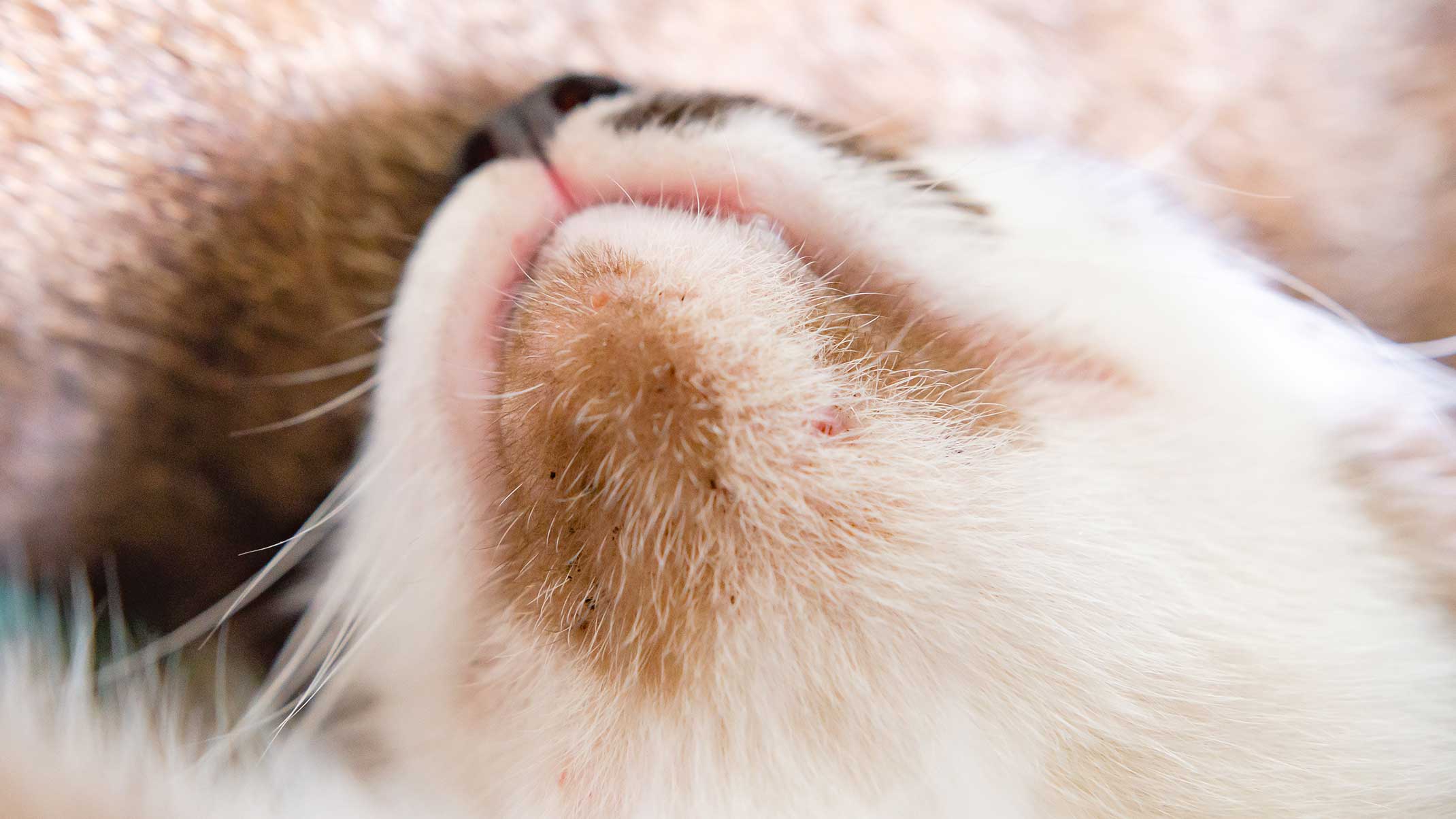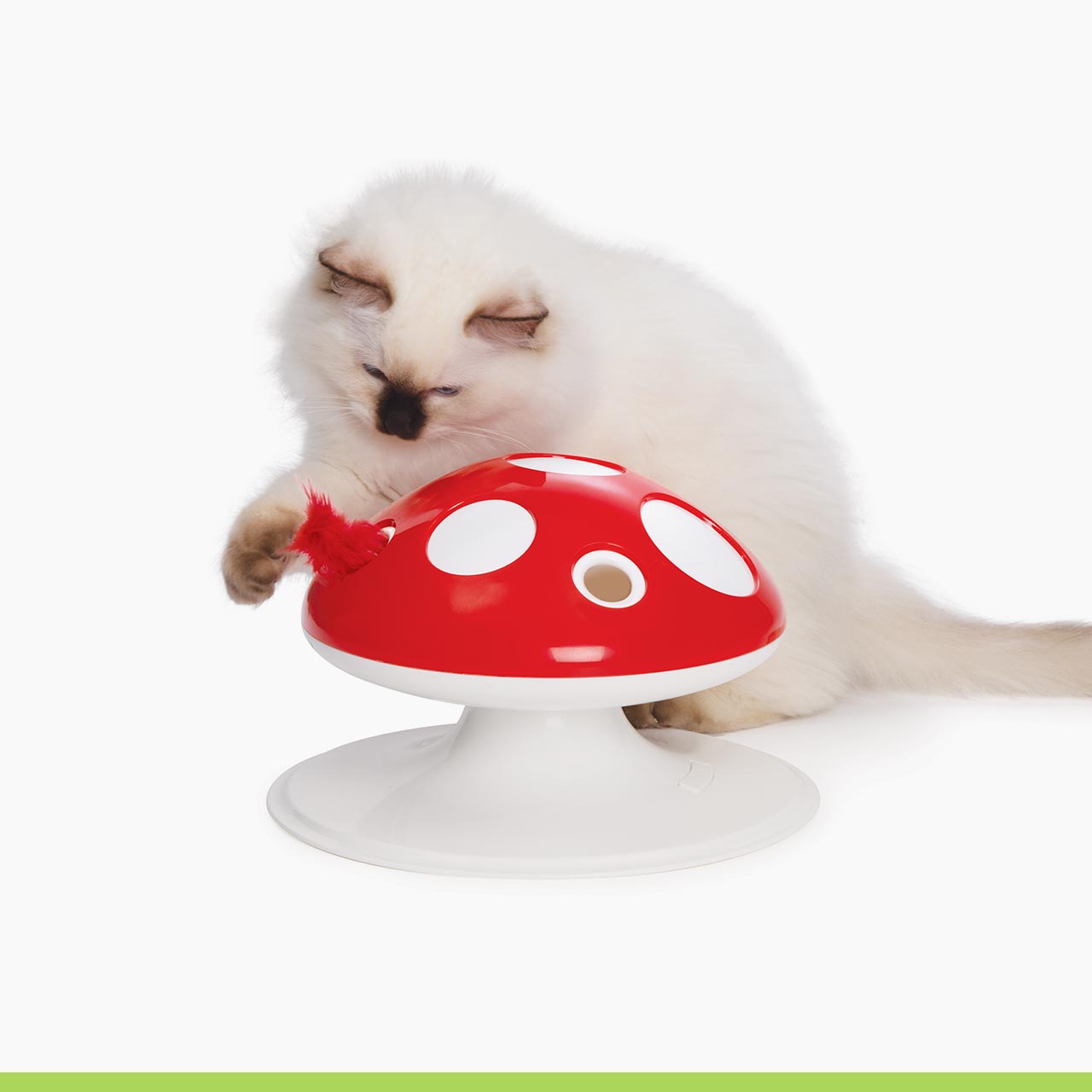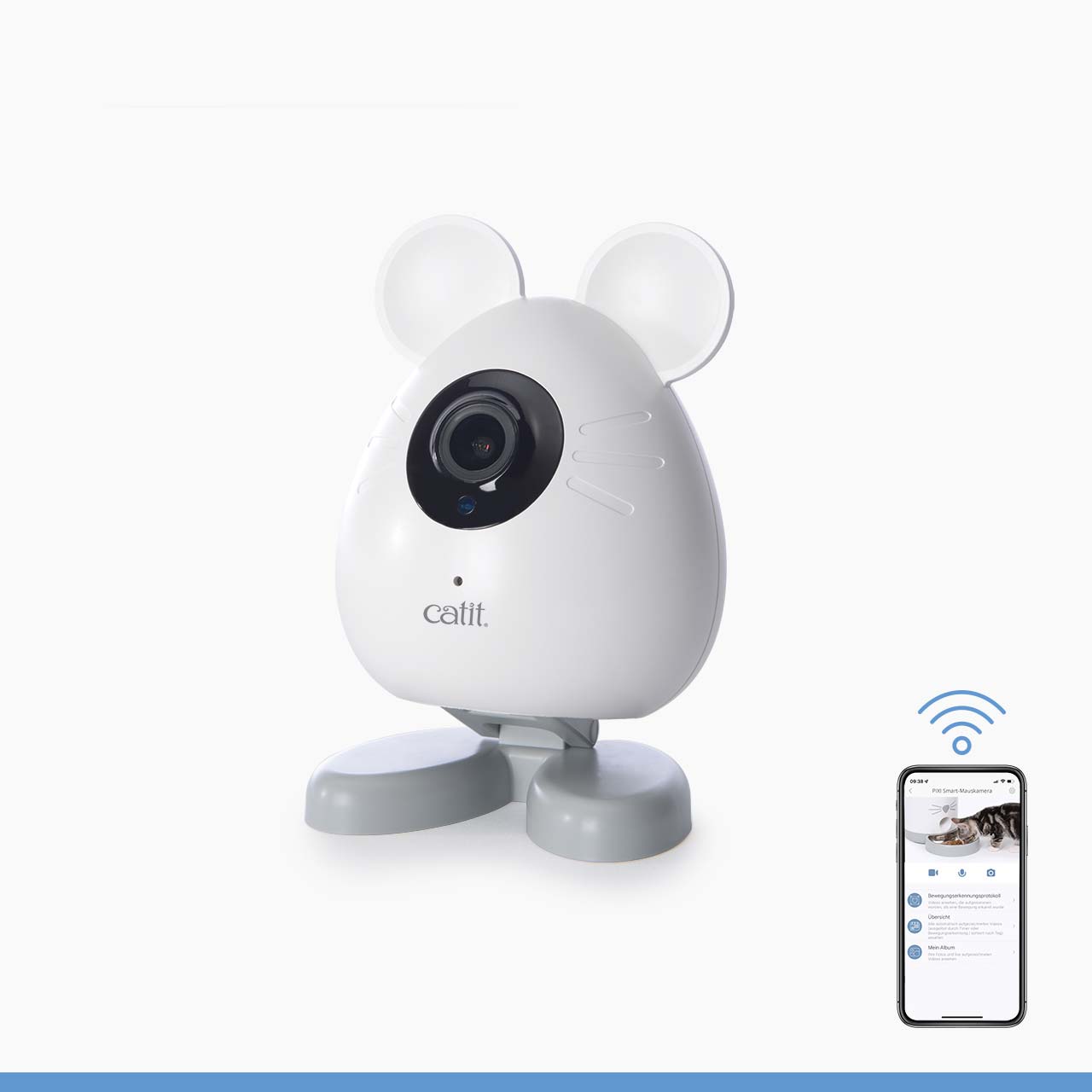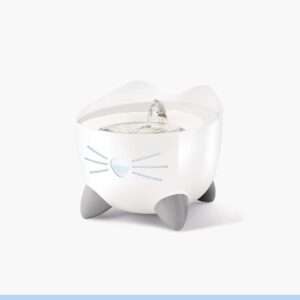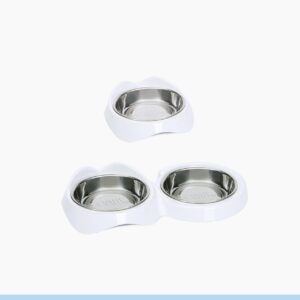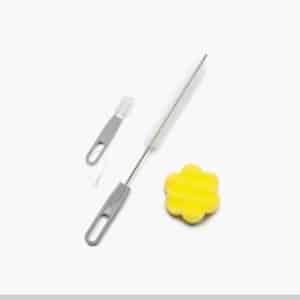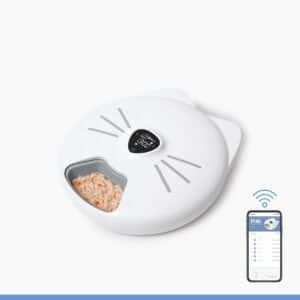In this article
What is feline acne?
Have you ever noticed tiny black spots on your cat’s chin? These blackheads are very common in cats and appear when hair follicles get clogged by keratin, a protein that’s needed to form skin, hair, and nails. These blackheads are entirely painless to your cat, but when they get infected by harmful bacteria, they can grow into painful pustules, lesions, and other bumps.
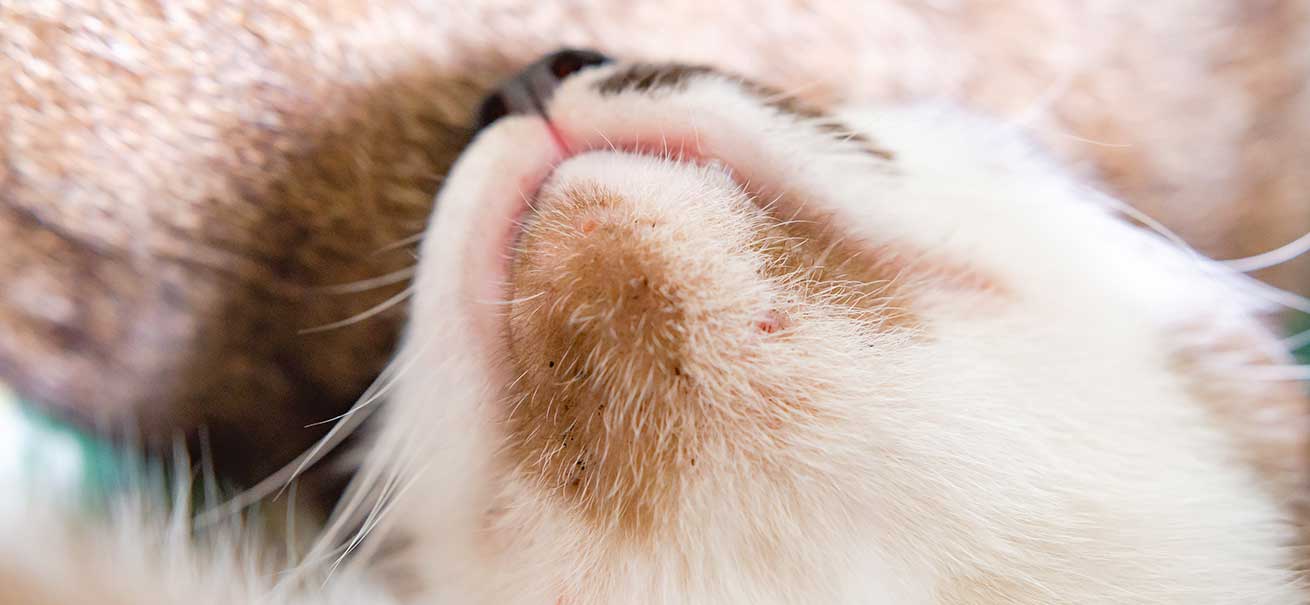
What causes feline acne?
Feline acne – also called ‘chin acne’ as it mainly affects the chin area – is still poorly understood. It’s however thought that a genetic overproduction of sebum and/or keratin lies at the base of this disorder. Other factors that are thought to play a role are poor grooming habits, stress, a compromised immune system, allergies, and excess weight.
Do plastics play a role in the development of chin acne?
Plastic feeding dishes or drinking fountains are sometimes said to trigger feline acne. As plastic becomes worn, tiny crevices are formed in which bacteria can build up. If these pathogens end up on your cat’s skin, they may infect any blackheads on your cat’s chin resulting in painful inflammation. Therefore, it’s vital to clean your cat’s feeding dishes and drinking bowls on a regular basis, regardless of the material they’re made of.

How can I prevent chin acne in my cat?
Regularly wipe your cat’s chin clean with a soft, damp cloth to remove excess sebum and dirt. As stress can trigger feline acne, make sure to offer your cat a cat tree to perch on, as well as various comfy hiding spots around the house so your feline friend can feel safe. If your cat seems sensitive to plastics, preferably have them eat and drink from a stainless-steel surface. All our Catit drinking fountains are available in BPA-free plastic as well as in a stainless-steel version. If you have any further questions on feline acne, please reach out to your vet.
